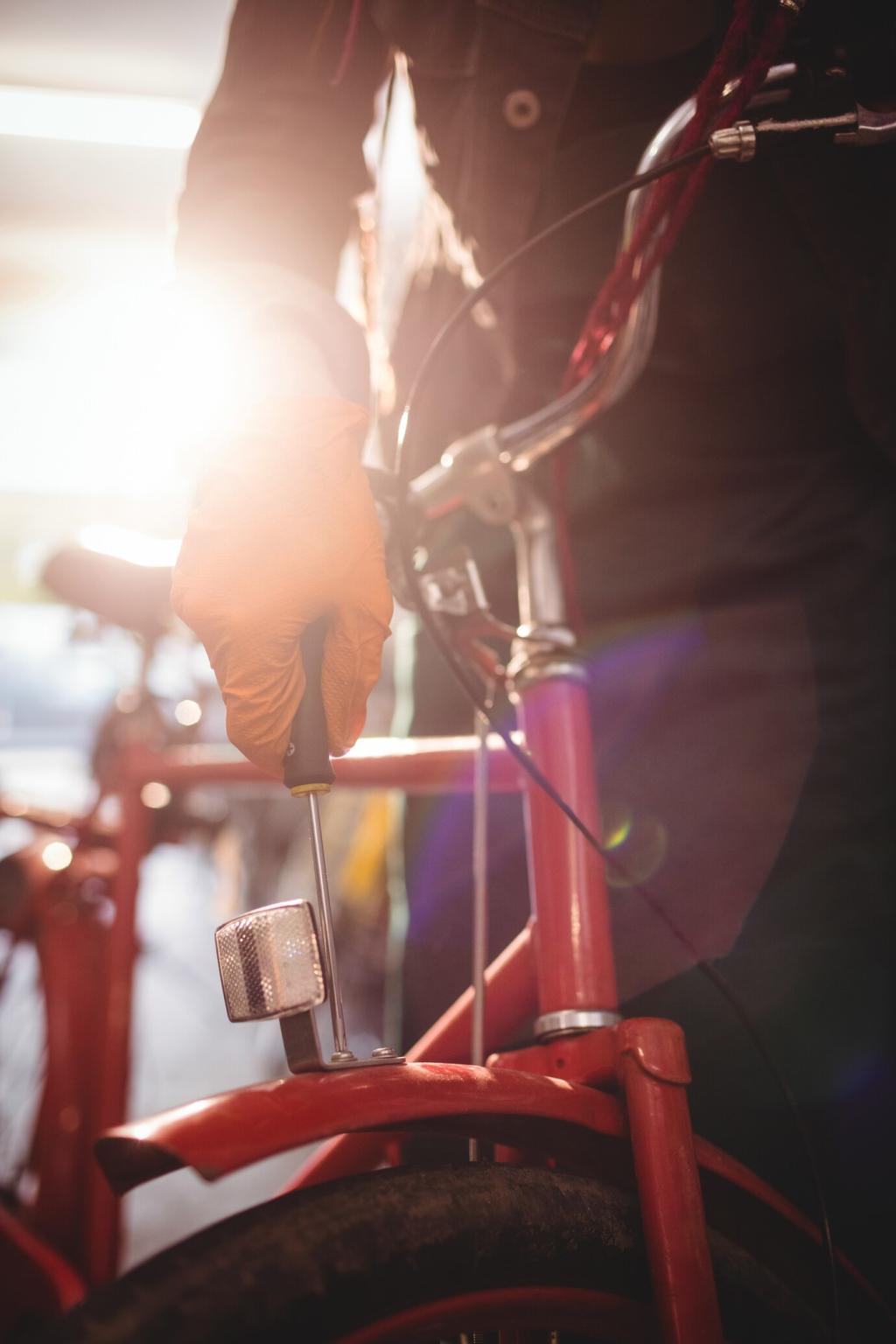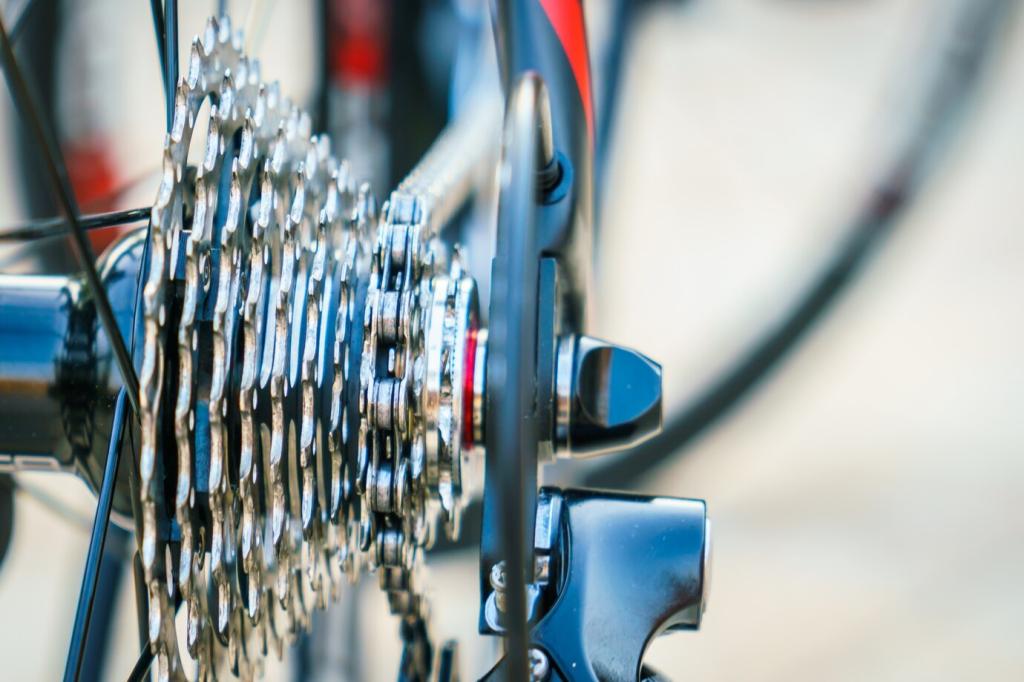Titanium's Timeless Allure: Ride Quality and Longevity
Most Ti frames use 3Al/2.5V tubing for formability, fatigue strength, and weldability; 6Al/4V often appears in machined parts or butted sections for added hardness. Both shrug off corrosion, making year-round slop and road salt far less stressful for meticulous, ride-every-day owners.
Titanium's Timeless Allure: Ride Quality and Longevity
Great titanium demands obsessive prep: tight mitering, oxygen-free argon purging, and steady heat create those fabled stack-of-dimes beads. Precision takes time, which raises price, yet yields alignment accuracy and longevity that can span decades of spirited riding without losing that signature composure.







